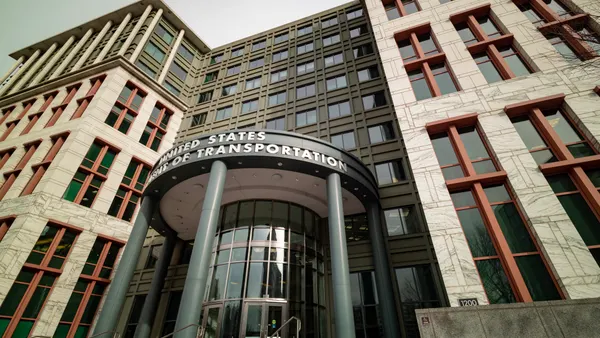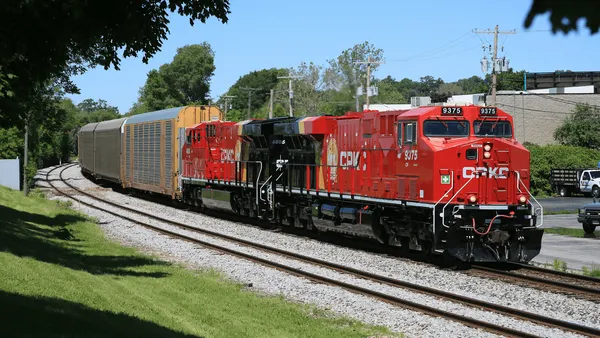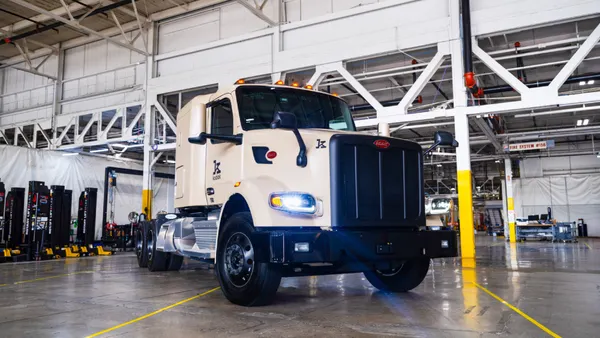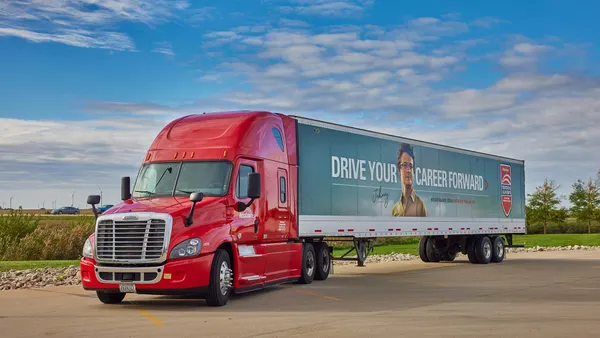I often wonder what America — or the world for that matter — would be like if people dared not to dream. Imagine daily life without motorized transportation including planes, trains, automobiles, ships and of course trucks. Thankfully our society is driven by the desire to live long, grow efficiently and prosper.
The slow emergence of technology in LTL trucking really struck me. When I started with Roadway Express in 1977 communication was rudimentary. The most efficient technology was the telephone and even that was tied to the wall. We had a Telex machine to message other terminals and AG Zero (Akron General Office) but it was cumbersome and time consuming. It required the user to generate a ticker tape that was fed through a reader. Bells would ring when a misread occurred. Trust me, they rang a lot when I used the technology.
Once dispatched, drivers would sit in the break room and route their deliveries. Because we didn’t have radios in all delivery vehicles, trying to locate a driver meant phoning their stops and leaving messages for them to call. If only we had more radios.
Handwritten t-cards helped dispatchers semi-organize pickups, but due to lack of reliable communications with the drivers, every afternoon was fraught with stress and frustration for the dispatcher and the customer. “You’re the next stop,” “the driver is just around the corner,” or “your driver is en route to you, ETA 5 minutes,” were among the phrases of temporary appeasement spoken with sincere hope and crossed fingers.
I’ve always compared a dispatcher’s job back then to successfully assembling a single-color 1,000-piece jig-saw puzzle in just a few hours. That’s a pressure not easily negotiated by many people.
Inbound and outbound dock operations were inherently inefficient working without organized shipment data. Correct positioning of trailers at the dock is required to create efficiencies. As a result excessive labor hours were required to accomplish the job.
While technology advancements began emerging in the mid-1980s, carriers lagged woefully behind. LTL carriers developed proprietary software systems where customers could manage their supply chain. Initially we thought this was LTL innovation. However, the biggest problem with these systems was that they were proprietary. Customers using multiple carriers were required to utilize multiple platforms, which meant shutting down the system and changing the floppy disk.
Carriers being skittish when it came to antitrust exposure and overall distrust of each other meant they did nothing to address customers’ requests for a single platform used by multiple trucking firms. No carrier dared to find a way to satisfy customers’ needs. Instead, we continued to ignore cries for a single platform. Eventually carriers ceded that power to third parties and lost a valuable edge.
Fortunately, technology advancements in carrier operations developed dramatically over time. I was fortunate to witness the creation of one of the best operating platforms at American Freightways. Operations and I.T. collaborated to create pickup to delivery visibility that was dazzling. Customers could see every scan of their shipment as it traveled through the system. Some of our most anal traffic managers would request to see every event only to very quickly cry “uncle” as they became overwhelmed with data.
Today, LTL technology advancements push the envelope even further to fine-tune operational efficiencies. A sudden injection of volume resulting from the demise of Yellow will likely put a strain on a carrier’s operations and networks. Technology is crucial to prevent networks from plunging into chaos. However, the silver lining is that understanding chaos often inspires creative minds to innovate and find ways to make things better.












